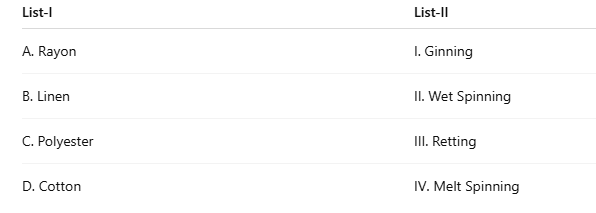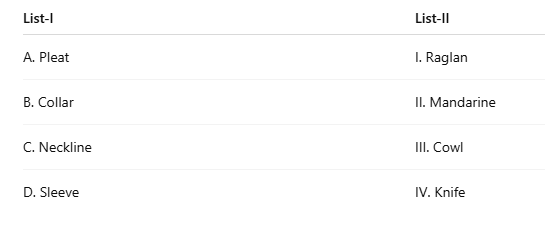Correct option is A
According to the
World Health Organization (WHO) 2024 guidelines,
anemia in adults (15-65 years, non-pregnant) is defined when the hemoglobin level is
below 120 g/L. This threshold helps identify individuals who are at risk of anemia, which is a condition characterized by a lower than normal count of red blood cells or hemoglobin in the blood, impairing the ability of the blood to carry oxygen to tissues.
Information Booster:
· Hemoglobin is a key component in red blood cells that binds oxygen and carries it through the bloodstream.
Anemia is often caused by deficiencies in iron, vitamin B12, or folate, and can result in symptoms like fatigue, weakness, and pallor.
· The
120 g/L cut-off is specifically for
non-pregnant adults. Pregnant women have a different threshold due to the physiological changes during pregnancy that increase the blood volume, hence requiring a lower hemoglobin level to define anemia.
Additional Knowledge:
·
Option (b) > 120 g/L would indicate a normal hemoglobin level, not anemia.
·
Option (c) ≤ 105 g/L is a lower cut-off, typically used for severe anemia rather than the standard diagnostic threshold.
·
Option (d) < 115 g/L is closer but still not the exact WHO cut-off for non-pregnant adults, which is
< 120 g/L.






 English
English 50 Questions
50 Questions 60 Mins
60 Mins


